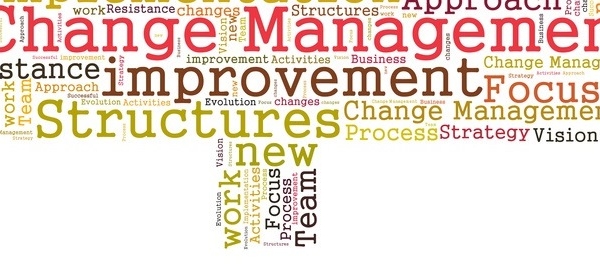We all face leadership challenges in our global business environment. We have turned around our organizations and sometimes succeeded as turnaround leaders. But to succeed as such leaders we need to face organizational changes, development and overcoming challenges that can embrace change effectively.
XXl Century has forced us to effect change due to fierce competition. New products and services offered by our competitors made relevant their businesses and made us to enter in new ways to manage our own businesses. But certainly before that we had to restructure, improve or innovate to prepare for growth and beating cutthroat competition globally.
It is very important that our organizations don’t decline over a period of time to the extreme they are nor recoverable. So we must anticipate those moments and turnaround our organizations through various strategies to ensure that our organizations go consistently in the right direction.
Under those circumstances, people are not immune from change and we cannot avoid them.
Our customers demand more and more and they are changing very fast their demands. Meeting their aspirations and expectations is really a hard task and oblige companies to enhance constantly innovation and creativity to follow up changing customer tastes and preferences.
If you want to grow, change is essential.
Many times people confuse growth and change. It is different to say “I want to shift to another career” or “I want to grow in my career by shifting from one place to another”. Change is something that can occur very rapidly whereas growth takes time and requires immense effort and energy. Growth has a very important relation with the definition of grit. Grit is passion and perseverance in the very long-term. I can say that growth is like a marathon and change is a sprint race.
That’s one of the important concepts in change management, sense of urgency. We need to speed change up. Time will run against us.
However, one thing which is in common between change and growth is to come out of the comfort zone.
As I always say, people often assume that the status quo is good. They prefer to remain without change as it is much better known status than unknown one.
Change management is a process of effecting change in a successful way persuading the people to follow the strategy defined by the organization. It also consists in getting the right coalition and aligning the employees to neutralize the resistance to the changes to be implemented.
Change Management and turnaround leaders should create enough confidence between their employees to facilitate all the actions that can conduct successfully the changes required. They will try to fulfill the motivational needs of their people.
Leaders will have to act with optimism and guide the people forward with confidence. They will define and implement a clear and consistent strategy with a well-defined vision and mission.
All leaders in a change management process must be always beside their people during the transition period and building trust and confidence. They must be passionate and crowd-pullers about the change. They will have to join in the change process their employees and make feel them part of that process.
And at the end, ensure that the change takes place completely and no new bottlenecks could appear breaking the process. Don’t underestimate the resistance to change.
Ensuring the change process requires flexible and adaptable leaders that can lead situations and people successfully. If they communicate with passion and make things clear for people, implementation of change will become much easier. If they give good example they will create trust among the people.
Leaders must hold strong communication skills, resilient; they must empower others, share the vision, motivate others and make change a part of the organizational culture. They must be competent and confident. They must learn to prioritize their tasks and strictly focus on change efforts. It is also essential to show and celebrate small successes to motivate others. They must be risk takers and learn to overcome barriers during the process of change and also they must be good at analytical and problem solving skills by looking at the big picture.
Above all, the change leaders must be passionate in their endeavors to effect the change smoothly and successfully.
Change is unavoidable and CEOs of global companies must outguess than their competitors to face future challenges.




